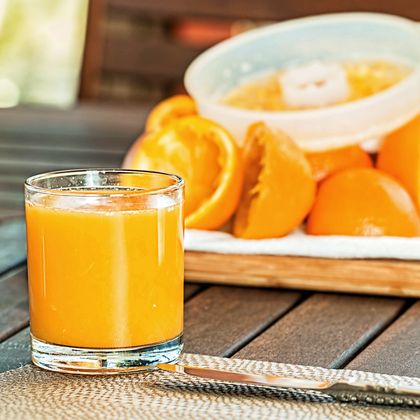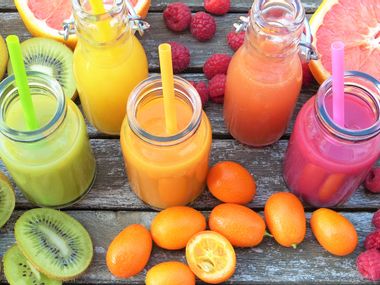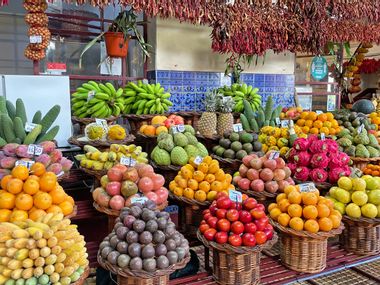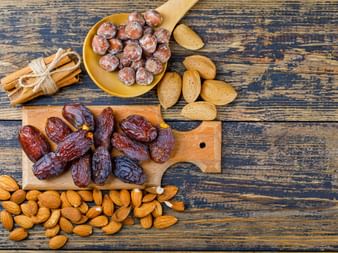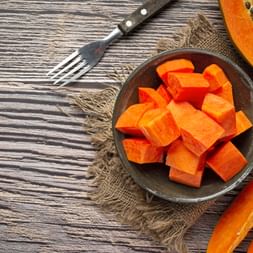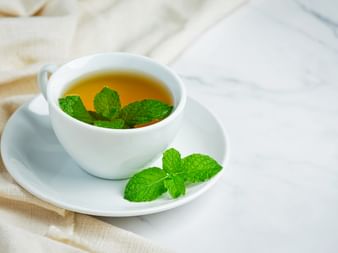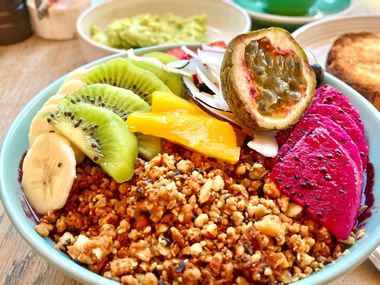Without any doubt, fruit and vegetables need to be an integral part of our daily diet. Balanced and colourful like the rainbow, preferably fresh from the garden and high-quality food sourced directly from the region. If you want to be active, fit and healthy, you need to pay even more attention to a balanced, varied and vitamin-rich diet in order to have the necessary energy and performance for the next sports session or an individual hiking holiday lasting over several days.
We informed ourselves and reveal on our HikingBlog which foods make us healthy, which vitamins there are and how they support our body and in addition give tips on how to preserve most of the vitamins.

